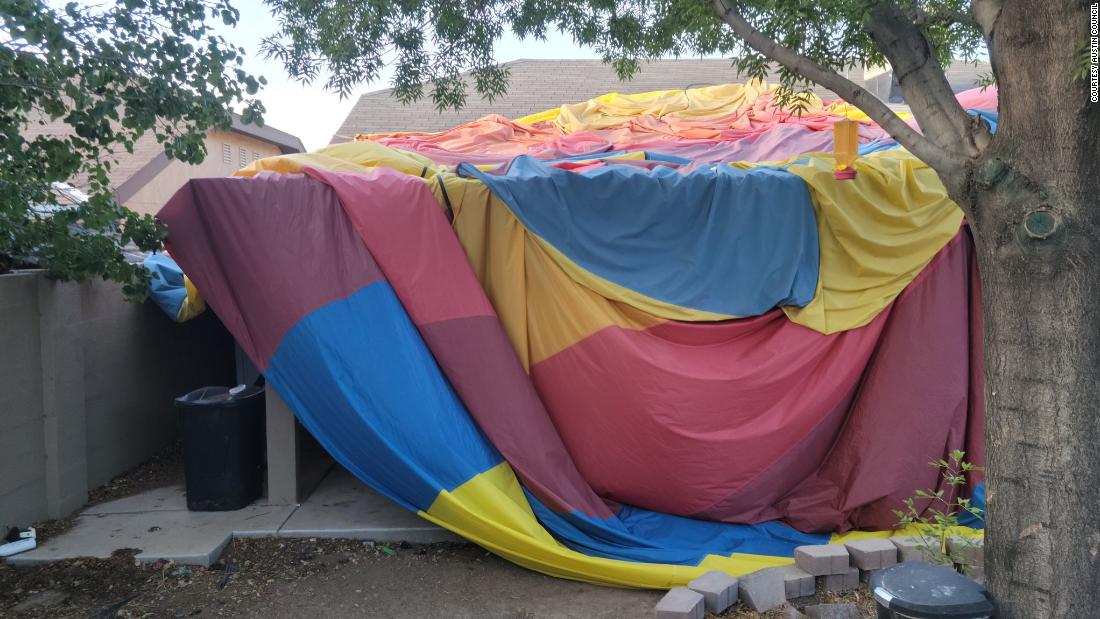A Beginner's Guide
In recent years, the popularity of hydroponic gardening has surged, with many people opting for this innovative method of cultivating plants. Hydroponics offers an efficient and space-saving way to grow a wide variety of crops, from leafy greens to herbs and even small fruiting plants, all without the need for soil. If you're a beginner interested in exploring the world of hydroponics, this guide will provide you with step-by-step instructions and valuable insights to get started on your own hydroponic garden at home.
What is Hydroponic Gardening?
Hydroponic gardening is a method of growing plants without soil, where plant roots are directly exposed to a nutrient-rich water solution. This revolutionary approach to cultivation has gained popularity due to its efficiency, sustainability, and ability to produce higher yields compared to traditional soil-based gardening.
A Greener Approach
Hydroponic systems use significantly less water than traditional soil gardening, making them an eco-friendly choice. With precise control over nutrient delivery, there is minimal wastage, and the risk of nutrient runoff is reduced.
Faster Growth and Higher Yields
Plants in hydroponic systems grow faster and often produce more significant yields. The controlled environment provides plants with the ideal conditions for growth, resulting in healthier and more robust crops.
Year-Round Cultivation
One of the most appealing aspects of hydroponics is the ability to grow plants year-round. Regardless of the season or climate, you can enjoy fresh produce in the comfort of your home.
Selecting a Growing System
Before diving into hydroponics, you'll need to choose the right system for your needs. Common options include deep-water culture, nutrient film technique, and aeroponics. Each has its advantages and is suited to different types of plants.
Choosing Suitable Plants
Not all plants thrive in hydroponic systems. Leafy greens like lettuce and herbs such as basil and mint are excellent choices for beginners. As you gain experience, you can experiment with more challenging crops.
Nutrient Solution
The nutrient solution is the lifeblood of your hydroponic garden. It provides plants with essential minerals and nutrients they would typically obtain from soil. Ensuring the correct balance is crucial for healthy growth.
Growing Medium
While there is no soil in hydroponics, a growing medium is used to support the plants. Common options include coconut coir, perlite, and vermiculite. The medium provides stability and helps distribute nutrients.
Lighting
Proper lighting is essential, especially for indoor hydroponic setups. LED grow lights are a popular choice due to their energy efficiency and spectrum adjustability.
pH Levels
Maintaining the right pH levels in your nutrient solution is critical. Most plants prefer a slightly acidic pH of around 5.8, but this can vary depending on the plant species.
Assembling the System
Follow the manufacturer's instructions to assemble your chosen hydroponic system. Ensure all components are secure and in working order before proceeding.
Positioning the Grow Lights
Place the grow lights at an appropriate distance from your plants to provide adequate illumination. Be mindful of the light requirements of your chosen crops.
Seed Germination
Begin by germinating your seeds in a separate tray or nursery setup. Once the seedlings have developed roots and leaves, they are ready for transplantation.
Transferring Seedlings
Carefully transplant your seedlings into your hydroponic system. Handle them gently to avoid damaging the delicate roots.
Monitoring Nutrient Levels
Regularly check the nutrient levels in your system to ensure plants receive the proper nutrients. Invest in a quality pH meter and an electrical conductivity (EC) meter for accurate measurements.
Adjusting pH
If the pH levels drift out of the desired range, adjust them using pH-up or pH-down solutions. This helps maintain an optimal growing environment.
Nutrient Deficiencies
Keep an eye out for signs of nutrient deficiencies, such as yellowing leaves or stunted growth. Adjust your nutrient solution accordingly to address these issues.
Watering
In hydroponics, you don't need to worry about overwatering or underwatering. The nutrient solution provides a constant source of water to the plants.
Pruning and Trimming
Regularly prune and trim your plants to encourage healthy growth and prevent overcrowding. Remove dead or damaged leaves to maintain optimal conditions.
Pest and Disease Control
While hydroponic systems are less susceptible to pests and diseases, it's essential to remain vigilant. Use organic pest control methods to protect your plants.
Timing is Key
Harvest your crops at the right time to enjoy the best flavor and quality. Each plant type will have specific harvesting guidelines.
Proper Harvesting Techniques
Use clean, sharp scissors or shears to harvest your crops. Be gentle to avoid damaging the plants or their roots.
Algae Growth
Algae can sometimes develop in the nutrient solution. Prevent this by keeping the system clean and ensuring it's adequately covered to block out light.
Root Rot
Root rot can occur if the roots remain submerged in water for too long. Ensure proper aeration and drainage to prevent this issue.
Overfertilization
Avoid overfertilizing your plants, as this can lead to nutrient imbalances and damage. Follow the recommended dosage guidelines.
Vertical Gardens
Vertical hydroponic systems are perfect for small spaces and can maximize your growing area by utilizing vertical space effectively.
Indoor Hydroponics
Indoor hydroponic setups allow you to grow fresh produce year-round, even in limited indoor spaces.
Energy Efficiency
Opt for energy-efficient lighting options to reduce your environmental footprint and save on electricity costs.
Water Conservation
Hydroponics uses less water than traditional gardening, making it a sustainable choice in regions with water scarcity.
Success Stories
Starting a hydroponic garden at home may seem daunting at first, but with the right guidance and a bit of practice, you can enjoy the numerous benefits it offers. Whether you have limited space or a desire for fresher, homegrown produce, hydroponic garden is a rewarding journey that allows you to connect with nature in a whole new way.


/images/2023/03/22/avira_phantom_vpn_review.jpg)






 English (US) ·
English (US) ·